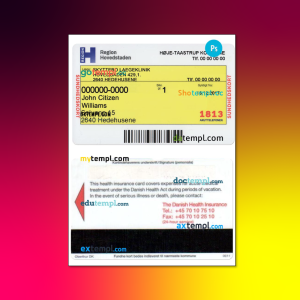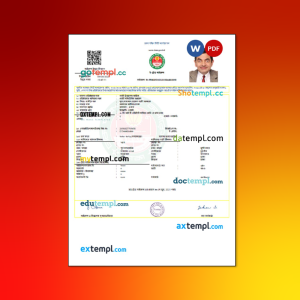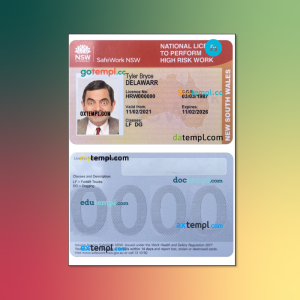Maintaining employee attendance sheets is an essential aspect of managing a workforce. The attendance sheet is a document that records the working hours, leaves, and other relevant information about employees. This record is crucial to ensure that employees are compensated accurately, and their leaves are managed effectively. In this article, we will discuss the importance of maintaining an employee attendance sheet, along with an example of how it can be created and utilized effectively.
Why is an Employee Attendance sheet important?
An employee attendance sheet provides several benefits for an organization. Firstly, it helps to monitor the attendance of employees, which is essential for tracking their productivity. By maintaining an attendance sheet, managers can identify patterns and trends in employee attendance, such as frequent absenteeism, tardiness, or early departures. This information can be used to improve the overall productivity and efficiency of the workforce. 🤓
Secondly, an attendance sheet helps to manage employee leaves. An employee attendance sheet typically includes details about the types of leave taken by employees, such as vacation, sick leave, or personal time off. This information is crucial for managing employee leave requests, ensuring that there are enough staff members available to cover for those who are absent and that employees are not taking excessive time off.
Thirdly, an attendance sheet is important for calculating employee compensation accurately. By recording the exact hours worked by each employee, including overtime and time off, the attendance sheet can help ensure that employees are compensated fairly and accurately. It also provides a record of the hours worked by each employee, which can be useful in case of disputes or audits.
Example of an Employee Attendance sheet
Creating an employee attendance sheet is a straightforward process. Typically, it involves creating a table in a spreadsheet program such as Microsoft Excel or Google Sheets. The table should include columns for the following information:
- Employee Name
- Date
- Start Time
- End Time
- Total Hours
- Type of Leave (if applicable)
Here is an example of what an employee attendance sheet might look like: 👇

As you can see from the example, the attendance sheet includes columns for the employee name, date, start time, end time, total hours, and type of leave (if applicable). The total hours column is calculated automatically based on the start and end times, using a formula in the spreadsheet program.
If you want to create an employee attendance sheet, you can simply download an editable example and start to use: download
Conclusion
In conclusion, an employee attendance sheet is an essential tool for managing a workforce effectively. It helps to monitor employee attendance, manage leaves, and calculate employee compensation accurately. Recording the exact hours worked by each employee, including overtime and time off, it provides a record that can be used to ensure that employees are compensated fairly and accurately. Creating an attendance sheet is a straightforward process and can be done using a spreadsheet program such as Microsoft Excel or Google Sheets. Overall, maintaining an employee attendance sheet is crucial for maximizing productivity and ensuring the smooth operation of an organization.









